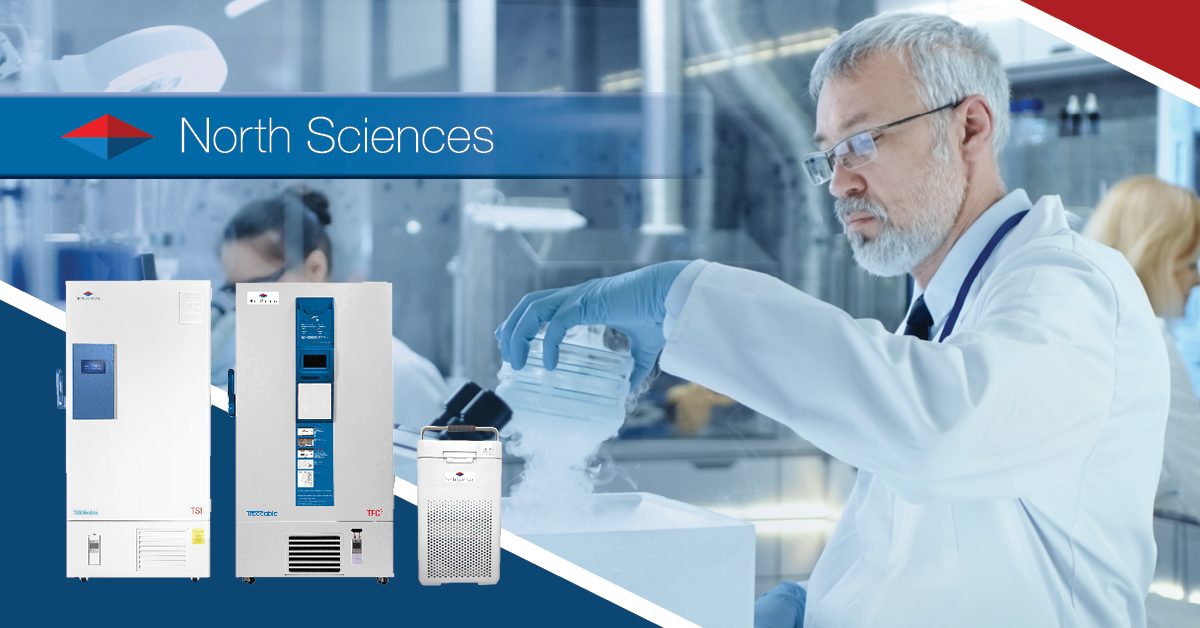Does Your Lab Need a ULT Freezer?

ULT stands for ultra-low temperature. ULT freezers operate in the range of -40 to -86ºC, hence the name. They come in a range of sizes – most ULT freezers are upright freezers that resemble large refrigerators, while some are so small they can fit on a tabletop. There are also chest ULT freezers that look like the freezers used to store meat in restaurants. There are even walk-in ULT freezers with much larger capacities.
But why is there a need for such low temperatures? Why can’t your lab use a normal freezer?
Low temperature vs. ultralow temperature
A typical freezer, like the one you have with your home refrigerator, maintains a temperature of about -20ºC. ULT freezers can produce temperatures as low as -86ºC, so they are more ideal for preserving biological samples.
Specimens like blood, DNA, RNA, bacteria, and cell cultures tend to be highly sensitive to changes in temperature. An ultralow temperature freezer can provide an environment maintained at a specific temperature so the samples will not be damaged.
Normal freezers are prone to temperature fluctuations, especially when the doors are repeatedly opened and closed. ULT freezers, on the other hand, can quickly restore their set temperatures soon after their doors have been closed. This way, the contents stay at a fairly consistent temperature each time, helping avoid deterioration of samples.
Temperatures warmer than -40º C also tend to be inadequate for long-term preservation of specimens. Storing them in an ultralow temperature freezer keeps them intact for an extended time. For instance, bacterial and fungal cultures stored in -80ºC can remain viable for 5 years or more.
What are ULT freezers used for?
ULT freezers are not ideal for samples that are routinely used (e.g. daily or weekly). A typical -20ºC freezer will work well for these kinds of samples.
Ultralow temperature freezers are most appropriate for these purposes:
- Long-term preservation of microorganisms and cell cultures
- Storage of heat-sensitive biological material such as vaccines, antibiotics, DNA, RNA, and proteins
- Storage of human tissues and bodily fluids for biobanking or bloodbanking
ULT freezers provide stable temperatures for storing these types of samples, which allow them to remain viable and prolong their shelf life.
If your lab regularly works with these kinds of specimens, a ULT freezer is a must. It will save thousands of dollars’ worth of samples that may deteriorate easily when stored in normal freezing conditions.
Which ULT freezer does your lab need?
The first consideration in purchasing an ultralow temperature freezer is the quality of the product. The freezer needs to provide a consistent temperature inside it. Also, it needs to be able to restore its set temperature quickly after samples are put in or taken out of the freezer. Fast recovery ensures that temperature stability is achieved, and the samples will stay intact for longer.
Also consider the volume of samples you need to store. An upright ULT freezer is adequate for most labs, as they can store a substantial number of samples. You may need more than one freezer to prevent overcrowding.
Different manufacturers incorporate a variety of security features in their ULT freezers as well. Some have provisions for padlocks, while others utilize biometric security. These features are equally important to prevent unauthorized access to your valuable specimens.


